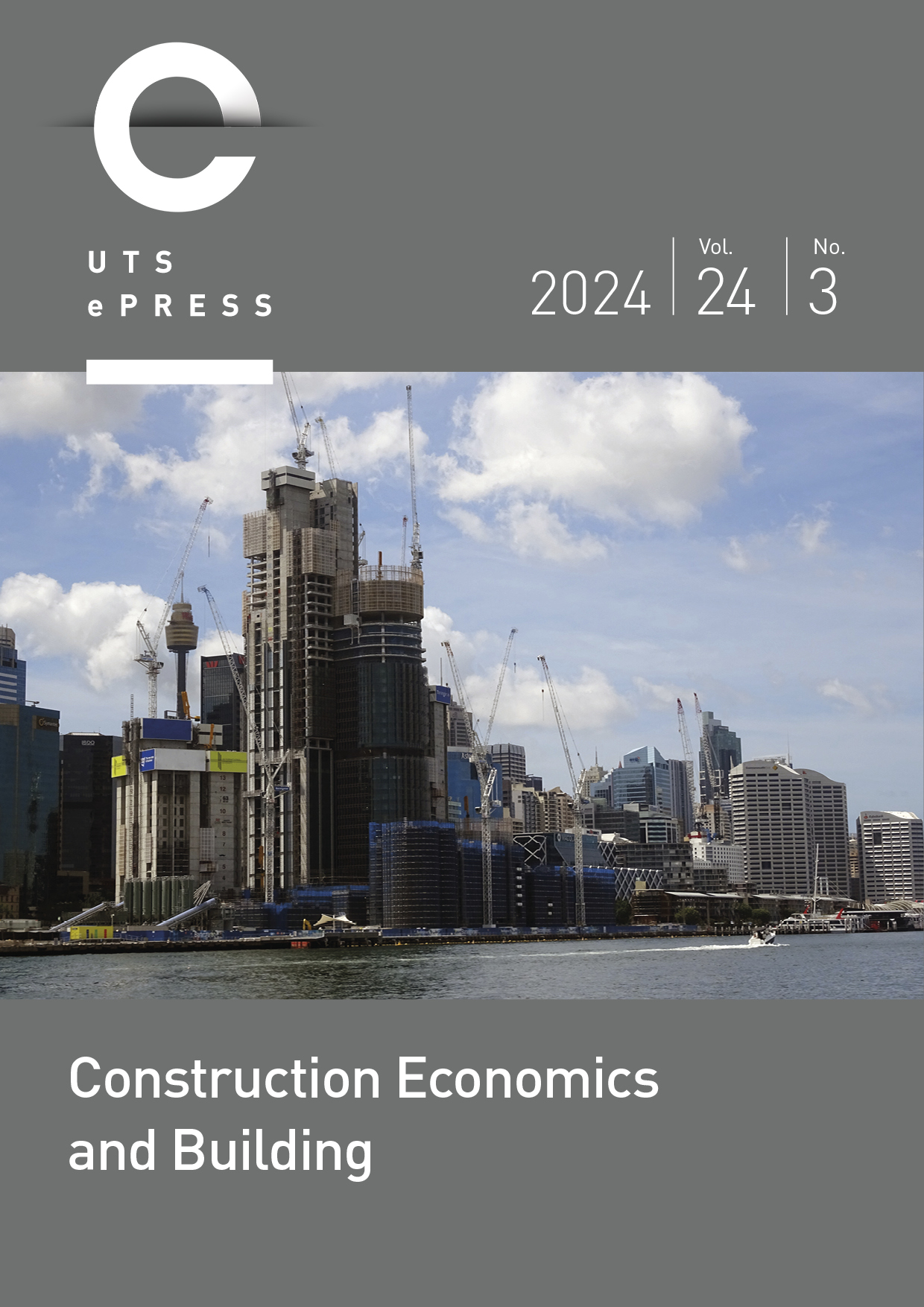Challenges in Implementation of 7D-BIM for Infrastructure Asset Management: A Systematic Review
Main Article Content
Abstract
Infrastructure Asset Management (InfraAM)/Facilities Management (FM) representing operation and maintenance (O&M) phase, accounts for a substantial portion (85%) of project’s total cost, and hence, there is urgent need to invest in technology for infrastructure maintenance, repair, and rehabilitation. This can be done by implementing digital technologies, like Building Information Modeling (BIM), that can help in 3D visualization, 4D scheduling, 5D costing, 6D sustainability, and 7D O&M throughout service life of project. But, BIM’s implementation during O&M faces various challenges and in order to understand those challenges, a systematic literature review (SLR) through PRISMA technique was conducted using 89 peer-reviewed papers from three databases and quantitative and qualitative analysis were performed. The literature revealed various critical challenges (CCs) and success factors (SFs) that influences BIM implementation in O&M phase, but lacks interrelationship between them. Hence, the current study linked various CCs and SFs through a theoretical approach. The study found that role of government and contractual frameworks can help to eliminate most of the challenges. This novel approach could provide significant contributions by helping practitioners and policymakers to understand connections between CCs and role of SFs as potential solutions for enhancing 7D-BIM implementation.
Article Details
Section
Authors who publish with this journal agree to the following terms:
a) Authors retain copyright and grant the journal right of first publication with the work simultaneously licensed under a Creative Commons Attribution License that allows others to share and adapt the work with an acknowledgement of the work's authorship and initial publication in this journal.
b) Authors are able to enter into separate, additional contractual arrangements for the non-exclusive distribution of the journal's published version of the work (e.g., post it to an institutional repository or publish it in a book), with an acknowledgement of its initial publication in this journal.
c) Authors are permitted and encouraged to post their work online (e.g., in institutional repositories or on their website) prior to and during the submission process, as it can lead to productive exchanges, as well as earlier and greater citation of published work (See The Open Access Citation Advantage Service). Where authors include such a work in an institutional repository or on their website (ie. a copy of a work which has been published in a UTS ePRESS journal, or a pre-print or post-print version of that work), we request that they include a statement that acknowledges the UTS ePRESS publication including the name of the journal, the volume number and a web-link to the journal item.
d) Authors should be aware that the Creative Commons Attribution (CC-BY) License permits readers to share (copy and redistribute the work in any medium or format) and adapt (remix, transform, and build upon the work) for any purpose, even commercially, provided they also give appropriate credit to the work, provide a link to the license, and indicate if changes were made. They may do these things in any reasonable manner, but not in any way that suggests you or your publisher endorses their use.
